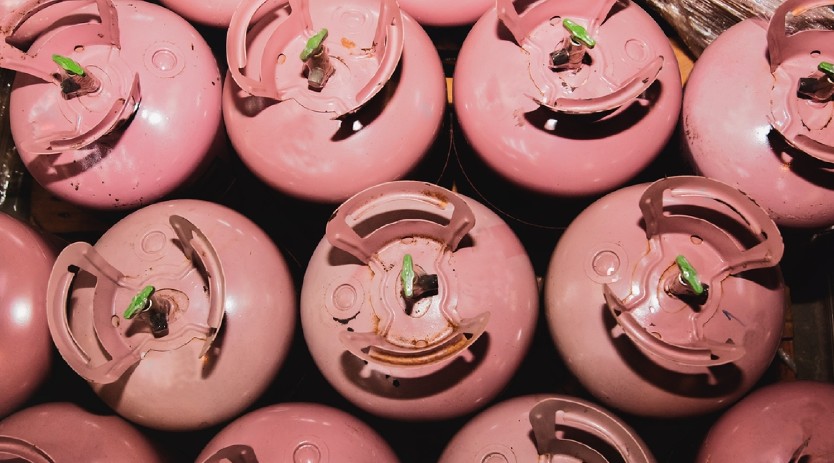From R-22 to R-410a and now R-454b, the HVAC industry continues its green journey. Discover how this eco-friendly refrigerant is reshaping the industry landscape.
In 2010, the HVAC industry underwent a pivotal transformation as it transitioned from the ozone-depleting R-22 refrigerant to the more eco-friendly R-410a. However, as environmental concerns grew, a new refrigerant, R-454b, also known as Opteon XL41, is now poised to replace R-410a.
R-454b brings a game-changing advantage: it boasts no ozone depletion potential (ODP) and significantly lower global warming potential (GWP). The goal is to achieve GWP levels below 500, compared to R-410a’s higher GWP, pushing the industry towards more sustainable practices.
Despite its potential, the adoption of R-454b is not without hurdles. A shift to this new refrigerant necessitates updates in residential building codes, as it is classified as A2L, mildly flammable. Existing R-410a and R-22 systems require compressor upgrades, and R-454b systems promise 5% greater efficiency but demand additional safeguards.
The Environmental Protection Agency (EPA) has greenlit R-454b for use in light commercial and residential applications for new equipment, with the change scheduled to align with the 2022 California Energy Code starting on January 1, 2023. Consequently, major HVAC brands are preparing to embrace this “new-new” refrigerant.
To ensure a smooth transition, organizations like AHRI, ESCO, and NATE are offering training and certification programs for technicians. Safety, proper installation, and maintenance of A2L refrigerant-based equipment are focal points of this education.
As for existing systems, R-22 and R-410a will remain serviceable, with ample supplies available until at least 2030. However, some HVAC companies may attempt to exploit the transition to promote unnecessary upgrades.
R-454b represents a significant step towards more sustainable HVAC practices. Still, the industry must navigate regulatory changes, educate technicians, and maintain transparency with customers as it evolves to meet environmental goals.
Source – www.foxfamilyhvac.com
Cookie Consent
We use cookies to personalize your experience. By continuing to visit this website you agree to our Terms & Conditions, Privacy Policy and Cookie Policy.














